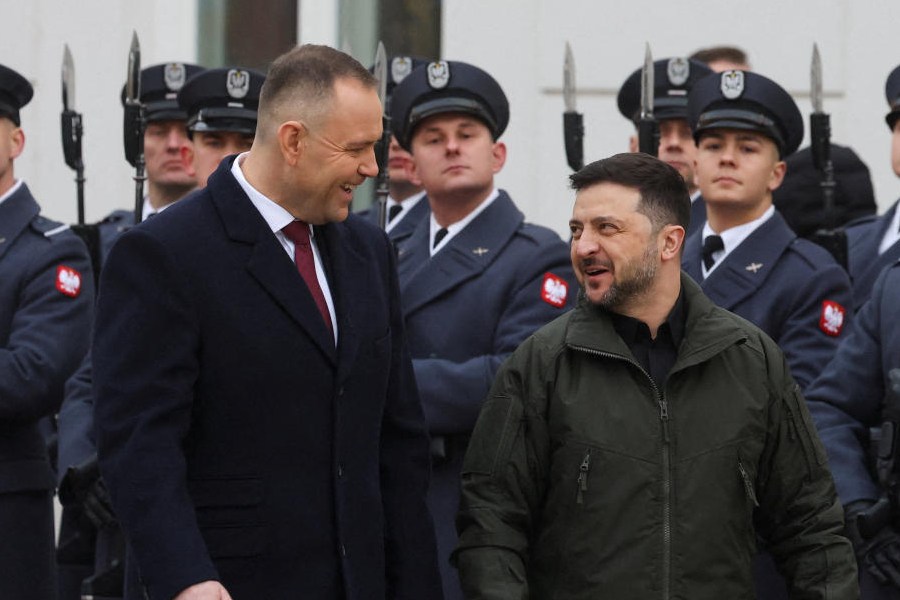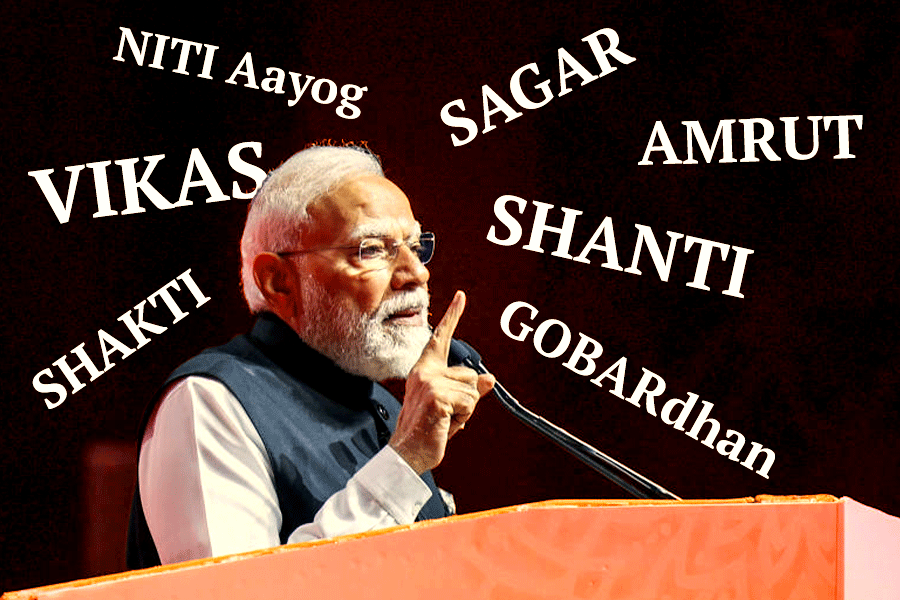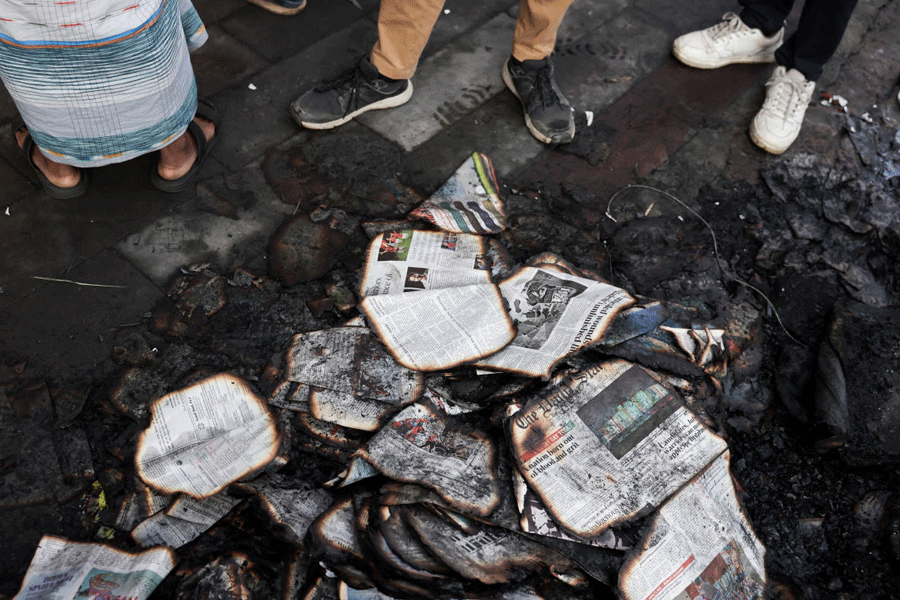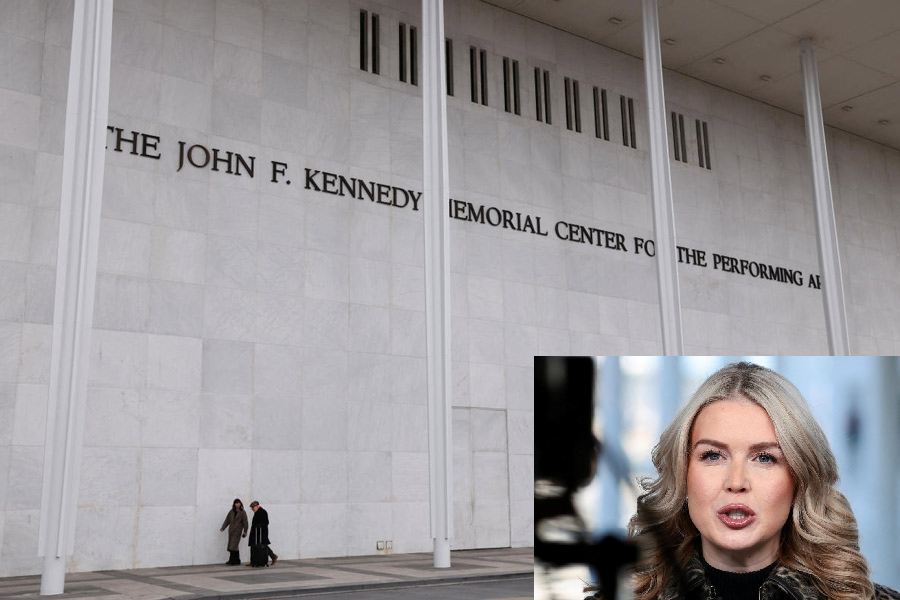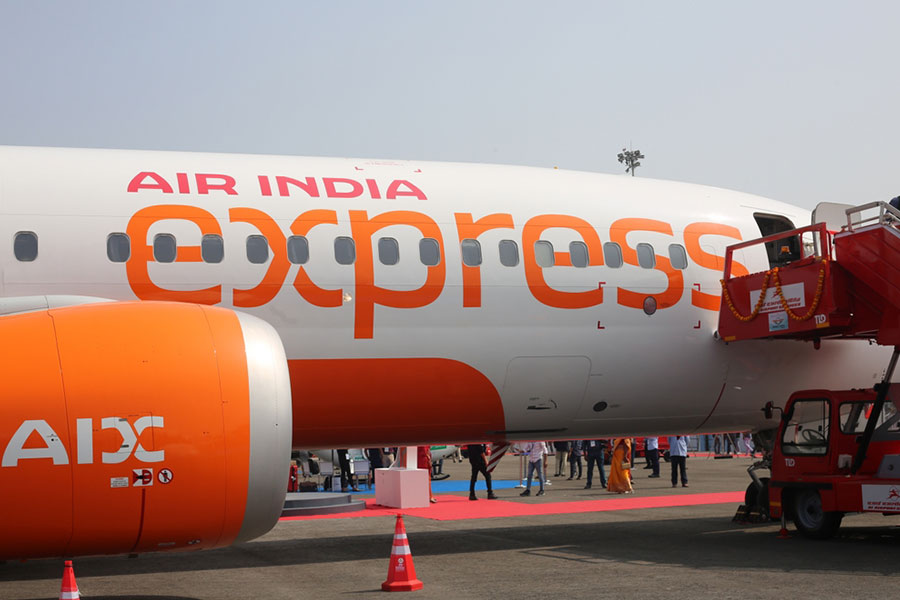New Delhi, June 18: More than 73,000 people — many of them tourists and pilgrims — are stranded in Uttarakhand where floods and landslides have breached roads, washed away homes, vehicles and cut off supply lines because of incessant rain in the state.
The Indo-Tibetan Border Police (ITBP) has rescued over 1,500 victims from Govindghat and brought them to Joshimath.
Thousands of pilgrims are stranded at Govindghat and Ghaghria en route to the Sikh pilgrim centre, Hemkund Sahib, on which ITBP rescuers are focusing. Cricketer Harbhajan Singh was one such victim and was brought to Joshimath at an ITBP camp.
People are stranded near Joshimath where the national highway No. 58 “has been washed away at Govindghat”, army sources said. The army is trying to put up a cable-stayed bridge across the Alaknanda river to evacuate stranded Hemkund Sahib pilgrims.
The rescuers are following the Triage concept, which for doctors, defines the priority in which patients are to be treated. “We are not focusing on getting dead bodies for now. We are saving those who are in urgent need of rescue,” said an ITBP officer.
Half a dozen helicopter sorties in the Hemkund Sahib areas by carried out by ITBP forces for rescue work. Tomorrow, there would be more sorties in Kedarnath region.
ITBP sources said that getting people to places like Joshimath, Guptkashi or Gaurikund would mean they would be safe, even if stranded. Providing shelter is proving to be a major challenge although hundreds of sleeping bags and blankets were distributed today by the ITBP.
An estimate given by the civil administration to the Indian Air Force with a request to airlift the victims — absurd because of the numbers involved — highlights how devastating the rain has been.
The Uttarakhand administration has told the IAF that there are 30,000 people in the Kedarnath-Gourikund axis who need to be airlifted to safety in three days.
This is a near-impossible task in the region where helicopters can land only in a few pre-designated spots. The maximum number of passengers, which the largest of the three types of helicopter being used for relief and rescue, can lift is 15 per sortie.
A day after the request, two army officers and 24 soldiers could be dropped by helicopter this morning into Sirsi near Gauri Kund, 17km short of Kedarnath.
The National Disaster Management Agency has also dispatched 12 teams of the National Disaster Response Force (NDRF) between Kedarnath and Joshimath.
The IAF and the Central Command of the army have deployed forces under two relief and rescue plans called “Operation Rahat” and “Operation Ganga Prahar”.
In Lucknow, the central command chief, Lt General Anil Chait, said more than 5,000 soldiers were in Chamoli, Rudraprayag, Uttarkashi and Pithoragarh districts in Uttarakhand and Saharanpur, Bijnor, Muzaffarnagar and Pilibhit districts of Uttar Pradesh to rescue and provide relief to stranded civil population affected by unprecedented floods.
Army assistance centres at Harsil, Rudraprayag, Joshimath, Mana, Gagriya, Govindghat and Dharchula have been giving shelter, food, first aid and fresh water.
The army has also sent eight quick reaction medical teams.
An army column evacuated 600 people across a rivulet by laying a temporary bridge of wooden logs. All the people have now been brought to safety.
The air force has 10 helicopters operating from Jolly Grant airfield in Dehradun and also from Pantnagar and Bareilly.
Each of the helicopters can carry a maximum of 14 passengers. IAF sources said the helicopters were also dropping National Disaster Response Force personnel in Kedarnath FATA Upshimath-Gaurikund region and also dropping packets of food and drinking water. In some cases, the helicopters had winched up pilgrims.
NDRF teams were also flown to Changla and Rekong Peo in Himachal Pradesh.


